Startup Mahakumbh 2025
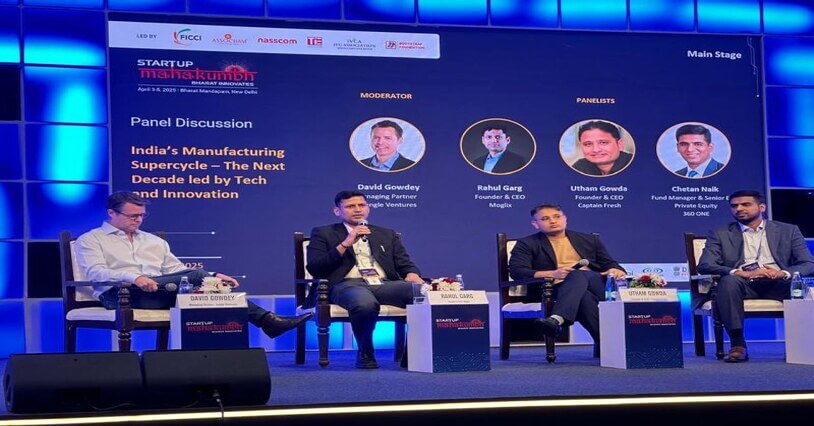
Startup Mahakumbh 2025
Date: 3rd – 5th April’ 2025
Organizer: FICCI
About the event: Mr. Rahul Garg, Founder & CEO of Moglix, shared his vision on “India’s Manufacturing Supercycle – The Next Decade led by Tech and Innovation” at Startup Mahakumbh 2025. The session focused on how technology and innovation will transform India’s manufacturing landscape, with an emphasis on digital transformation, supply chain optimization, and sustainability.
ChemExpo India 2025
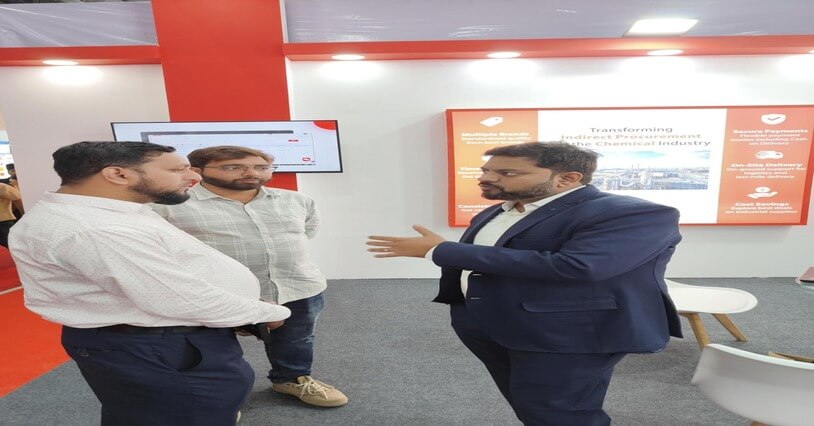
ChemExpo India 2025
Date: 29th-30th April’25
Organizer: Chemexpo Exhibitions Pvt. Ltd
About the event: Two electrifying days at Moglix’s booth at ChemExpo India 2025! It was a pleasure connecting with industry leaders, innovators, and partners to discuss the future of chemical procurement and supply chain transformation.
MARG 3.0
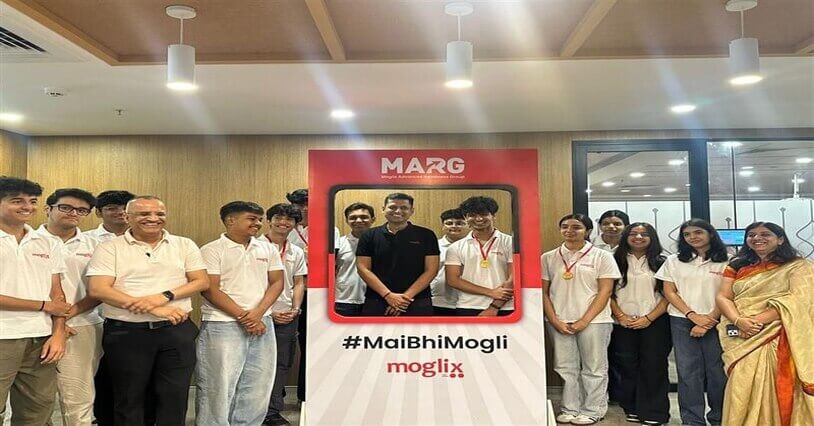
MARG 3.0
Date: 16- 27th June
Organizer: Moglix
About the event: The third edition of the Moglix Advanced Readiness Group (MARG) concluded on a high note with curiosity, creativity, and real-world learning. This immersive program brought together brilliant young minds from Lotus Valley International School and Moglix mentors for a hands-on journey into the world of business, innovation, and leadership.
ET Edge Supply Chain Management Fest 2025
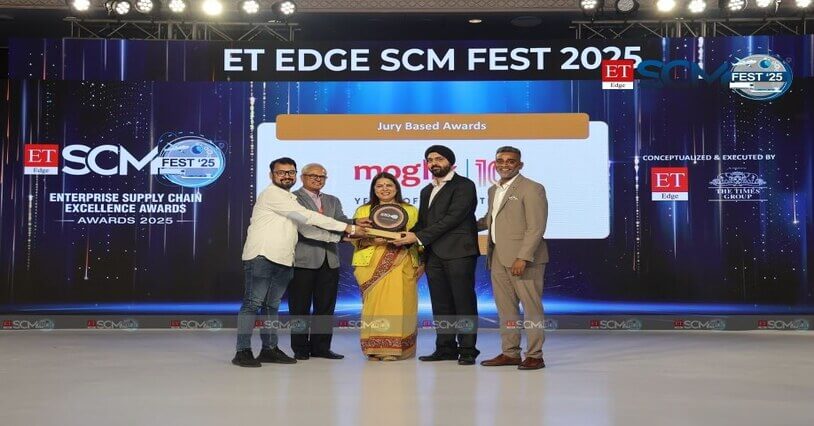
ET Edge Supply Chain Management Fest 2025
Date: 26th– 27th June’25
Organizer: Mahindra Logistics
About the event: We’re grateful to have received a Gold Award at the ET Supply Chain Management Fest 2025 – a jury-based recognition by industry veterans. It’s a quiet reminder that meaningful progress is built over time, through collaboration, resilience, and staying true to purpose.
UP Logistics & Supply Chain Summit 2025
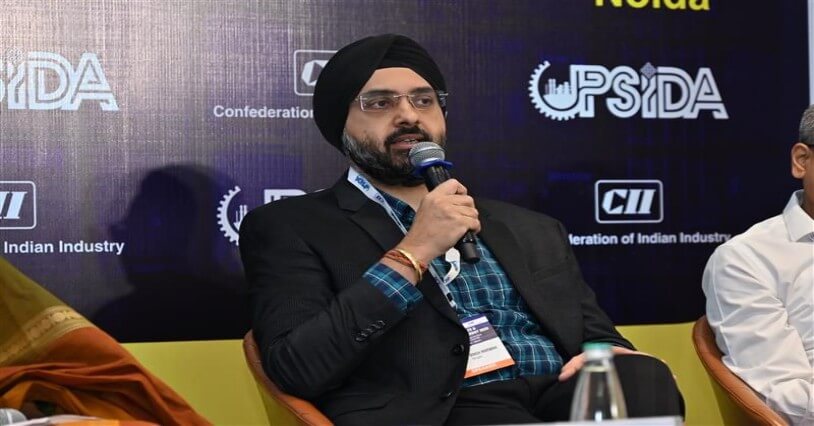
UP Logistics & Supply Chain Summit 2025
Date: 20th June’25
Organizer: CII
About the event: Mr. Jasmeet Marwah, Senior Vice President, Moglix, shared his perspective on “Unleashing the Future of Supply Chain: The Digital Transformation of Logistics,” highlighting how emerging technologies like AI, IoT, and data analytics are reshaping the logistics ecosystem.
Protecting You at Work
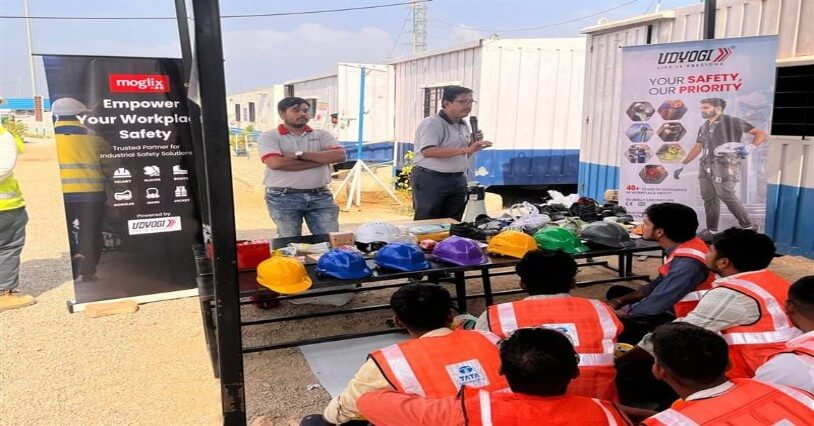
Protecting You at Work
Date: 8th May’25
Organizer: UDYOGI X Moglix
About the event: We recently partnered with UDYOGI to host an impactful safety training session for Tata Projects Limited employees in Hyderabad, reaffirming our shared commitment to fostering safer work environments. Under our mission “Protecting You at Work,” we continue to support industries with end-to-end safety gear—ranging from helmets to specialized protective clothing—designed to help teams work confidently and securely.
Fuels Of the Future Conference 2025
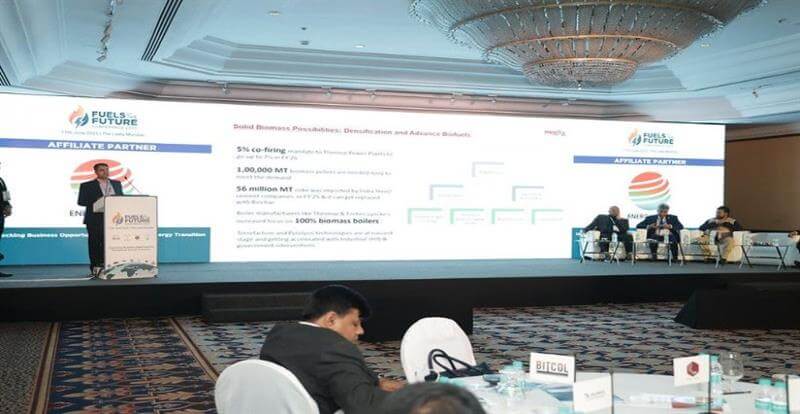
Fuels Of the Future Conference 2025
Date: 11th June’25
Organizer: Green World Trust and Rex Conferences
About the event: Moglix joined the conversation on shaping the next chapter of India’s clean energy story at the Fuels Of The Future Conference 2025. In our session “Innovate, Integrate, Inspire: Moglix Biofuel Leading the Charge,” Mr. Abhimanyu Bansal (Director) and Mr. Mukesh Kumar (Associate Director) shared how Moglix is driving impact in the biofuel sector through agile supply chains, digital procurement platforms, and strategic industry collaborations.
Ahmedabad Pharma Summit 2025

Ahmedabad Pharma Summit 2025
Date: 16th April’25
Organizer: Express Pharma
About the event: Mr. Bharat Gakhar, Director at Moglix, took the stage at the Ahmedabad Pharma Summit 2025 for a power-packed session on “Supply Chain and Procurement Transformation,” where he shed light on actionable strategies to boost operational efficiency, manage supply chain risks, strengthen supplier networks, and build agile, future-ready ecosystems.
10th CII LAC Conference

10th CII LAC Conference
Date: 19th – 20th March’ 2025
Organizer: CII (Confederation of Indian Industry)
About the event: Mr. Yash Mahendra, Vice President and Americas Leader at Moglix, shared key insights on how the services sector is driving economic collaboration between India and LAC at the CII (Confederation of Indian Industry) 10th LAC Conference. Moderated by Mr. Rikant Pittie, Co-Founder of EaseMyTrip, the session featured dynamic discussions on leveraging digital innovation, optimizing supply chains, and strengthening economic ties between India and LAC.
5th Edition of the Indian Automotive Value Chain Summit
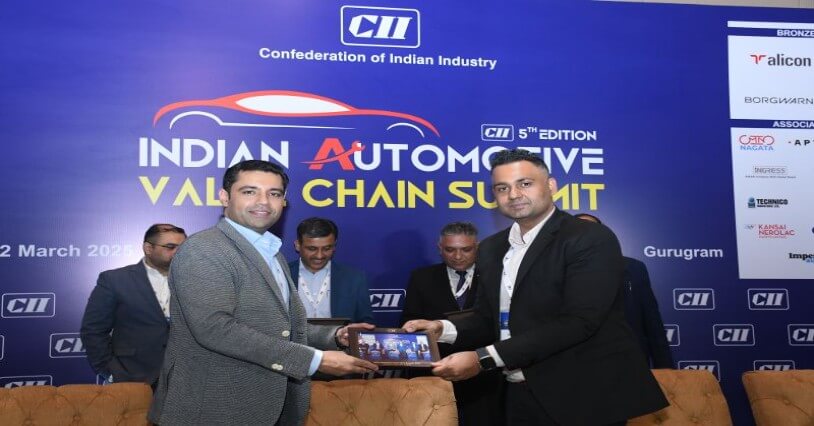
5th Edition of the Indian Automotive Value Chain Summit
Date: 12th March’ 2025
Organizer: CII (Confederation of Indian Industry).
About the event: Mr. Rishi Kad, Director, Moglix, shared insights on overcoming supply chain challenges to accelerate the EV revolution at the 5th Edition of the Indian Automotive Value Chain Summit, organized by CII (Confederation of Indian Industry). Engaging with industry leaders and experts brought valuable perspectives on building a resilient and future-ready supply chain for India’s automotive sector.
